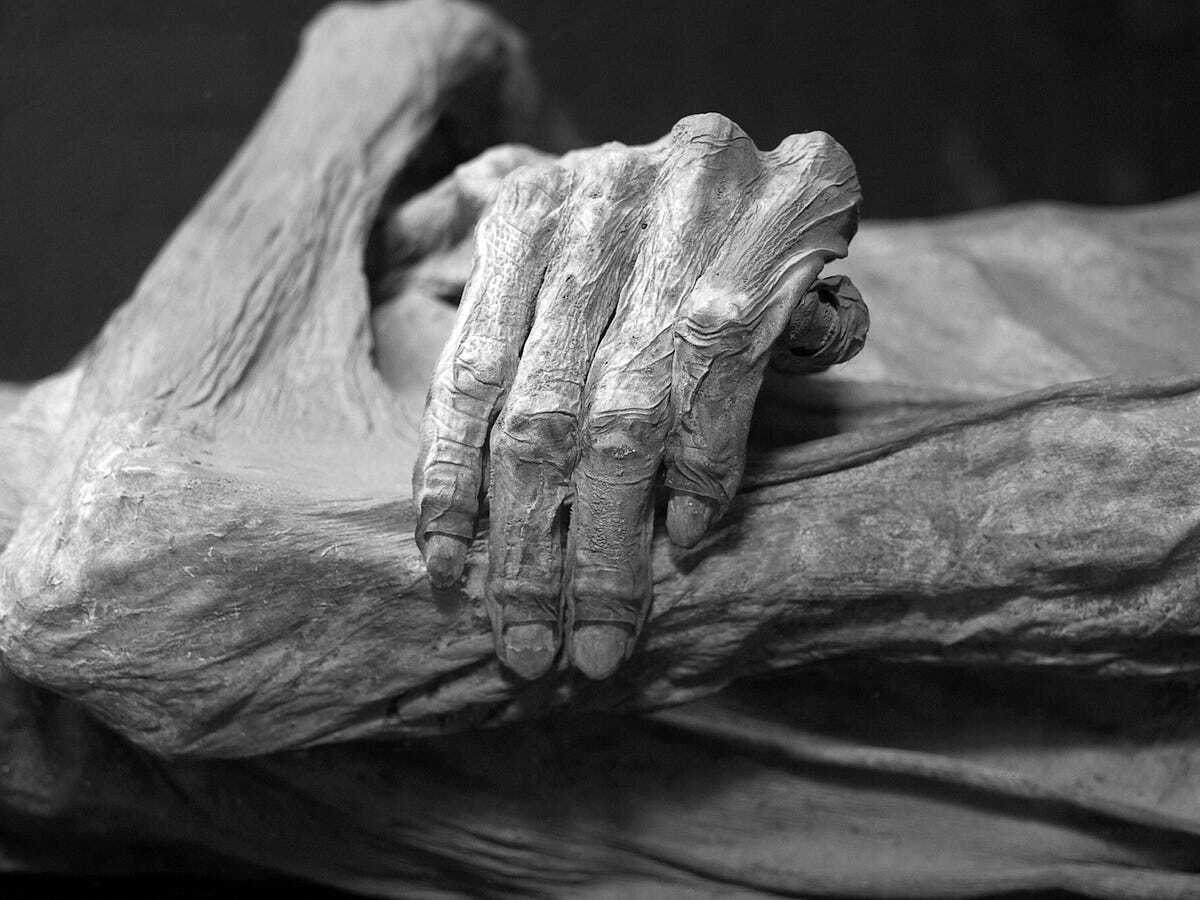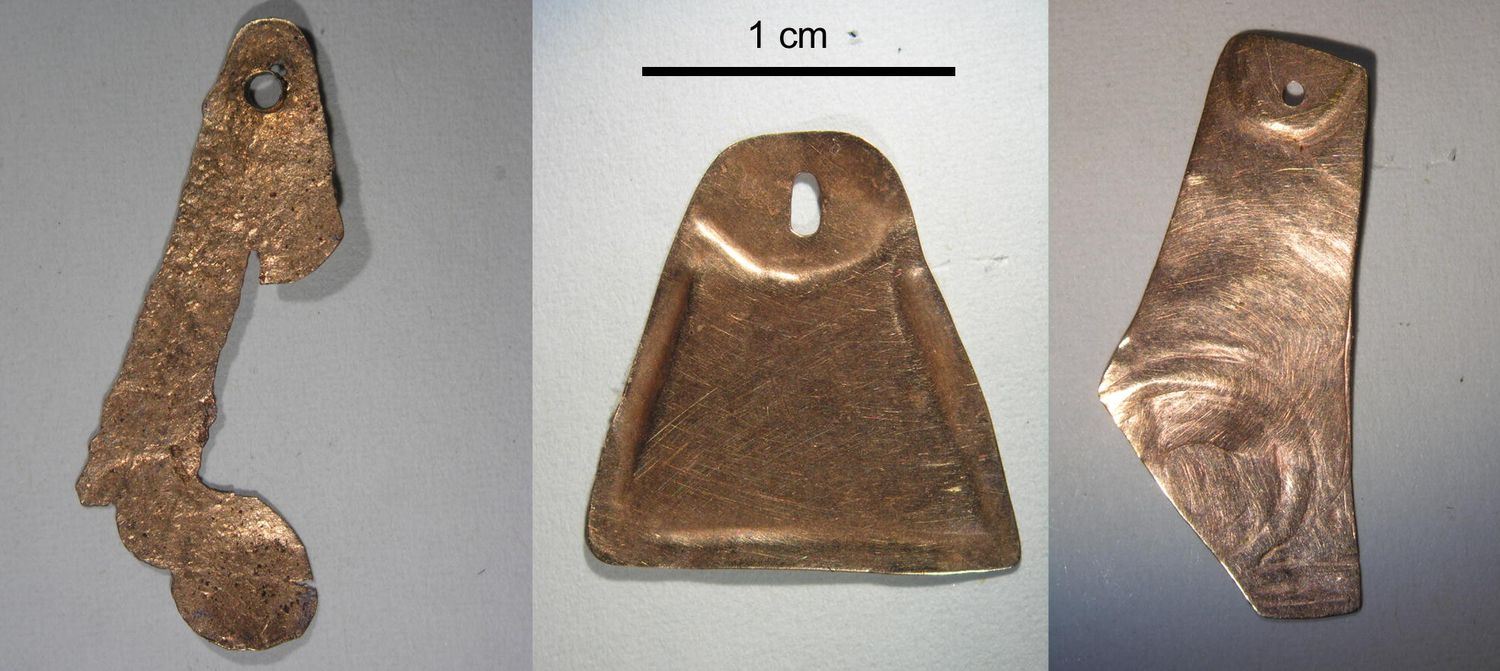
Ever heard of mummy unwrapping parties? These bizarre social events were all the rage in the 19th century. Imagine a room filled with curious guests, eagerly watching as an ancient Egyptian mummy gets unwrapped layer by layer. Why did people do this? The fascination with Egyptology and the mysteries of ancient civilizations drove many to host these peculiar gatherings. What happened during these parties? Often, a hired expert would carefully remove the wrappings, revealing the preserved body beneath. Were these events respectful? Not really. They were more about entertainment and curiosity than honoring the dead. Want to know more? Keep reading to uncover 35 intriguing facts about these strange historical parties.
Key Takeaways:
- Mummy unwrapping parties were trendy social events in the 19th century where people unwrapped ancient Egyptian mummies. They combined science, spectacle, and socializing, reflecting the Victorian era's fascination with death and the afterlife.
- Despite controversies, mummy unwrapping parties left a lasting impact on the study of ancient Egypt and popular culture. They inspired literature, art, and films, established Egyptology as a legitimate field of study, and sparked debates about the ethics of displaying human remains in museums.
What Were Mummy Unwrapping Parties?
Mummy unwrapping parties were social events in the 19th century where people gathered to unwrap ancient Egyptian mummies. These parties were a mix of science, spectacle, and socializing. Let's dive into some fascinating facts about these peculiar gatherings.
- Mummy unwrapping parties became popular in Victorian England during the 1830s and 1840s.
- These events were often hosted by wealthy individuals who had acquired mummies from Egypt.
- The unwrapping was usually performed by a scientist or an archaeologist, adding a veneer of academic legitimacy.
- Attendees included members of high society, such as aristocrats, scholars, and artists.
- The parties were sometimes held in private homes, museums, or lecture halls.
- Invitations to these events were highly coveted, making them exclusive social gatherings.
- The unwrapping process was often accompanied by lectures on ancient Egyptian culture and history.
- Some hosts provided refreshments and entertainment, turning the event into a full-fledged party.
- The fascination with mummies was partly fueled by the discovery of Tutankhamun's tomb in 1922, although unwrapping parties predated this event.
- These gatherings reflected the Victorian era's obsession with death and the afterlife.
The Science and Spectacle
While mummy unwrapping parties were social events, they also had a scientific aspect. The unwrapping provided an opportunity to study ancient Egyptian embalming techniques and artifacts.
- Scientists used the unwrapping to examine the mummification process and gather data.
- Some mummies were found with amulets and jewelry, which were studied and sometimes displayed.
- The unwrapping process often damaged the mummies, as the linen wrappings were cut away.
- Despite the damage, these events contributed to the field of Egyptology by providing firsthand observations.
- The unwrapping sometimes revealed inscriptions and hieroglyphs, offering insights into ancient Egyptian language and writing.
- The events helped popularize Egyptology and increased public interest in ancient Egypt.
- Some scientists published their findings in academic journals, adding to the body of knowledge about mummies.
- The unwrapping parties were a precursor to more formal archaeological excavations and studies.
Ethical Concerns and Controversies
While mummy unwrapping parties were popular, they were not without controversy. Ethical concerns arose regarding the treatment of human remains and the cultural significance of mummies.
- Critics argued that the unwrapping parties were disrespectful to the deceased and their culture.
- Some viewed the events as a form of exploitation, turning sacred artifacts into entertainment.
- The unwrapping often destroyed valuable historical and cultural information.
- Modern archaeologists and historians condemn the practice, emphasizing the importance of preserving mummies intact.
- The events highlighted the colonial attitudes of the time, as many mummies were taken from Egypt without permission.
- Some mummies were sold to private collectors, further complicating efforts to study and preserve them.
- The ethical concerns eventually led to a decline in mummy unwrapping parties by the late 19th century.
The Legacy of Mummy Unwrapping Parties
Despite the controversies, mummy unwrapping parties left a lasting impact on the study of ancient Egypt and popular culture.
- The events contributed to the public's fascination with mummies and ancient Egypt.
- They inspired literature, art, and films, including mummy-themed horror movies.
- The unwrapping parties helped establish Egyptology as a legitimate field of study.
- Some of the artifacts and findings from these events are still studied by researchers today.
- The parties influenced museum exhibits, leading to more public displays of mummies and Egyptian artifacts.
- The events sparked debates about the ethics of displaying human remains in museums.
- Modern mummy studies use non-invasive techniques, such as CT scans, to avoid damaging the remains.
- The legacy of mummy unwrapping parties serves as a reminder of the importance of ethical considerations in archaeology.
- The fascination with mummies continues, with new discoveries and research shedding light on ancient Egyptian culture.
- Mummy unwrapping parties are a curious chapter in the history of archaeology, reflecting both the scientific curiosity and cultural attitudes of the time.
The Strange Allure of Mummy Unwrapping Parties
Mummy unwrapping parties were a bizarre mix of science, spectacle, and social gathering. These events, popular in the 19th century, saw wealthy Europeans and Americans gather to witness the unwrapping of ancient Egyptian mummies. Driven by curiosity and a fascination with Egyptology, these parties often took place in private homes or museums. While they provided valuable insights into ancient Egyptian burial practices, they also reflected a lack of respect for cultural heritage.
Today, the idea of unwrapping a mummy for entertainment seems unthinkable. Modern archaeology emphasizes preservation and respect for ancient artifacts. Yet, these parties remain a curious chapter in the history of Egyptology, reminding us of how far we've come in our understanding and appreciation of ancient cultures. So, next time you think about history's oddities, remember the strange allure of mummy unwrapping parties.
Frequently Asked Questions
Was this page helpful?
Our commitment to delivering trustworthy and engaging content is at the heart of what we do. Each fact on our site is contributed by real users like you, bringing a wealth of diverse insights and information. To ensure the highest standards of accuracy and reliability, our dedicated editors meticulously review each submission. This process guarantees that the facts we share are not only fascinating but also credible. Trust in our commitment to quality and authenticity as you explore and learn with us.


